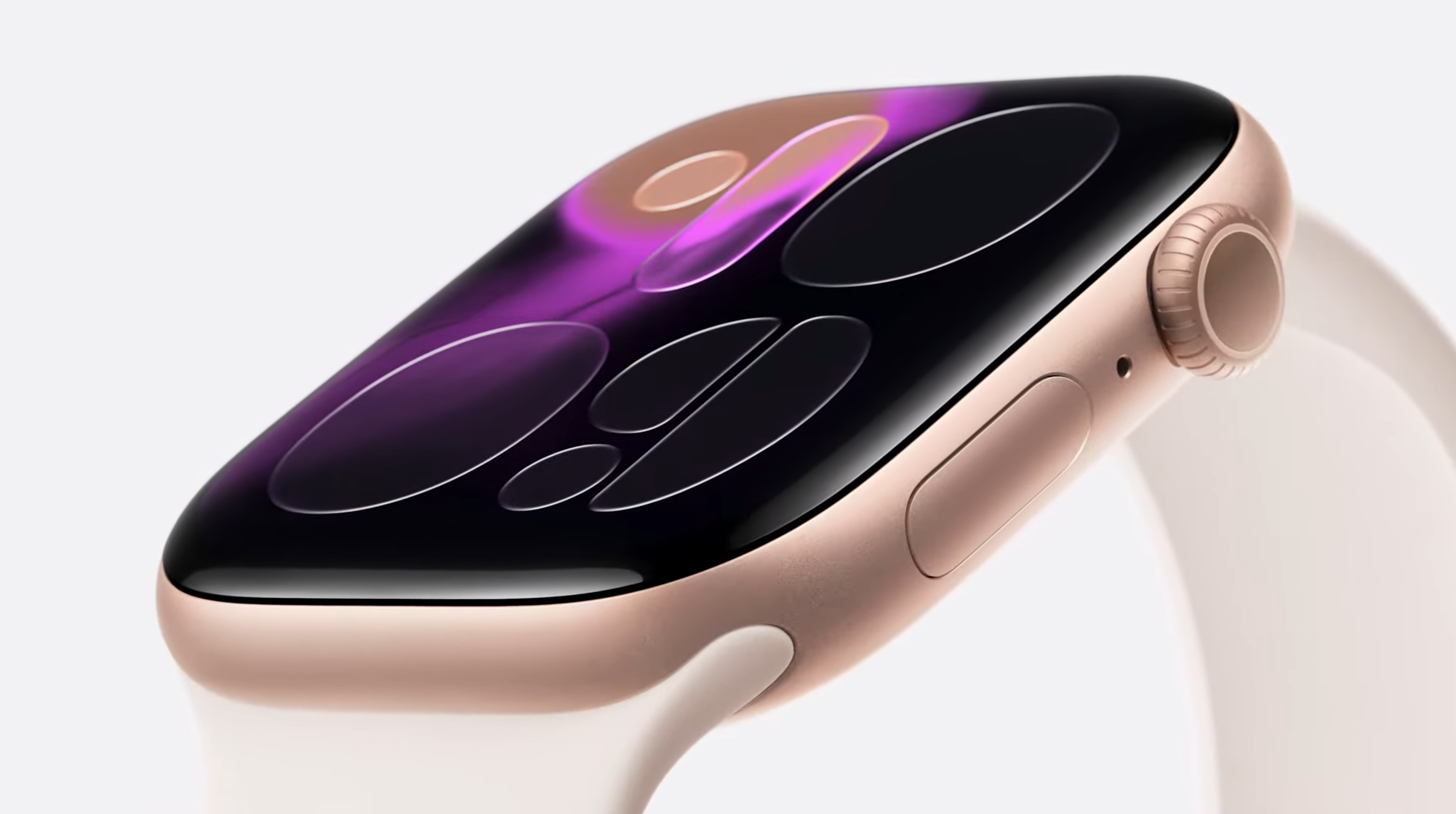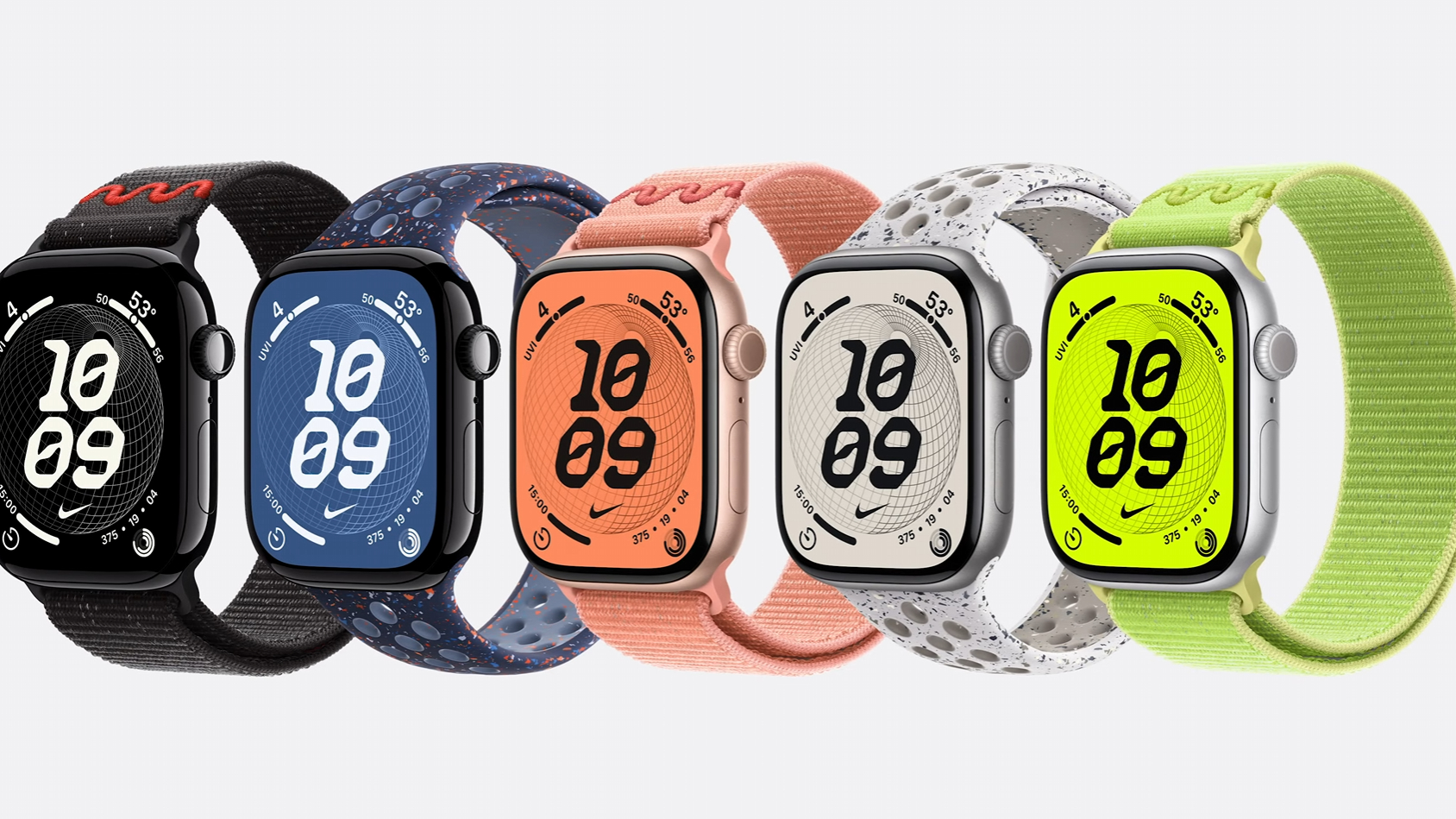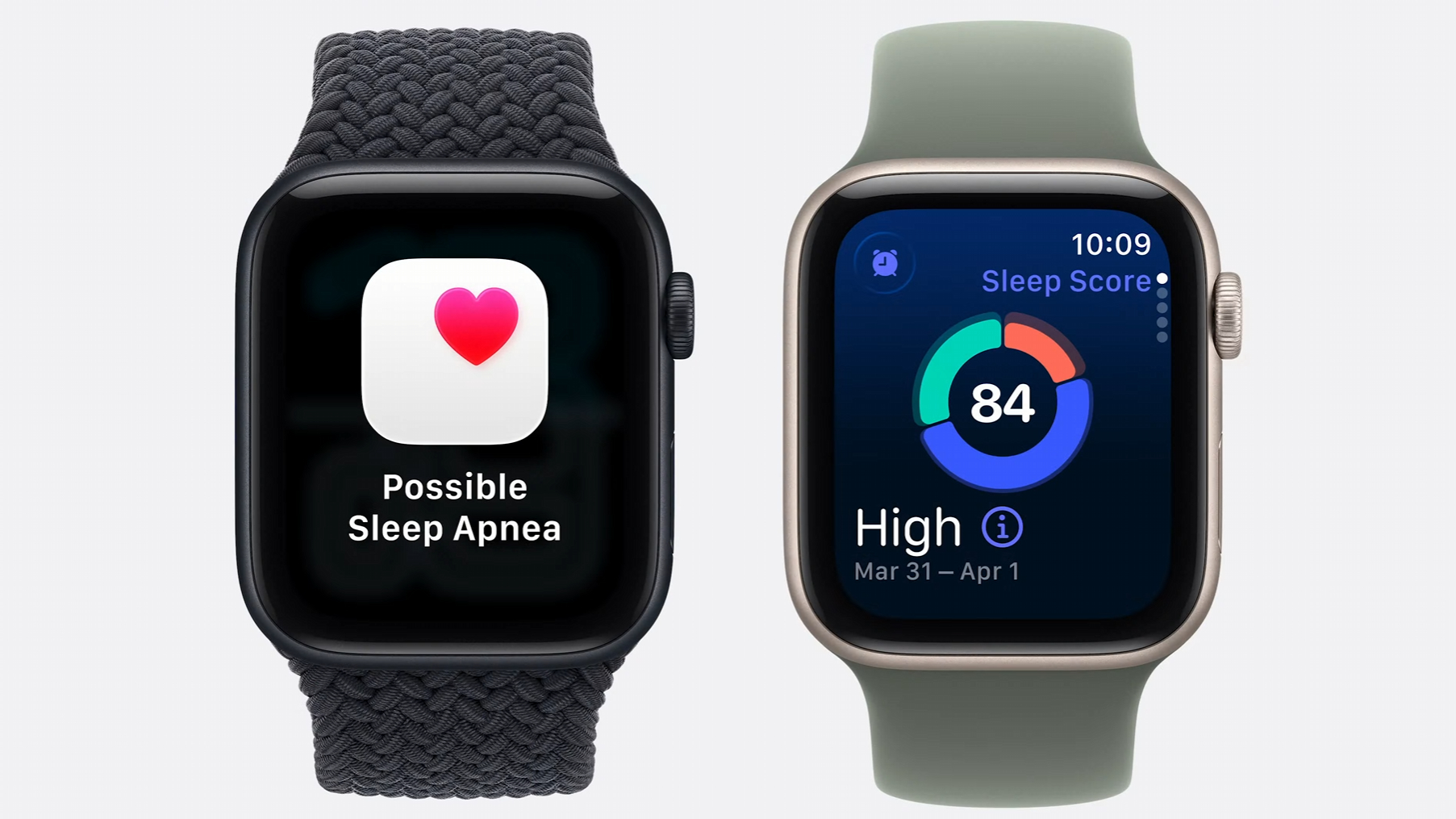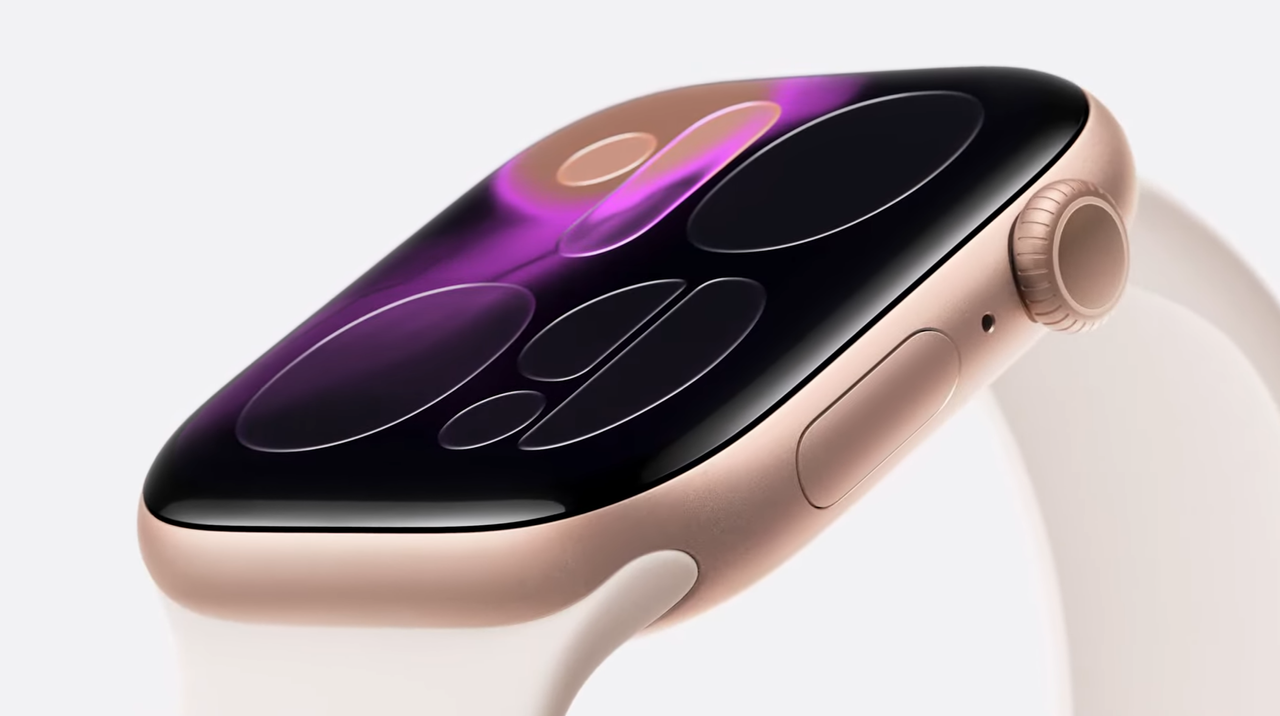Key Points
- Series 11 is thinner, tougher, and features ceramic‑coated Ion‑X glass.
- Series 10 prices start at $399 for 42mm and $429 for 46mm aluminum models.
- Series 11 retains the $399 entry price, matching the lower‑tier Series 10.
- Both models include activity rings, calorie tracking, steps, exercise minutes, sleep‑apnea detection, and Training Load.
- Series 11 adds Sleep Score and Hypertension alerts for advanced health monitoring.
- Series 10 battery lasts about 18 hours (36 hours in Low Power Mode) with fast charging to 80 % in 30 minutes‑
- Series 11 extends typical usage to up to 24 hours, though low‑power details are unspecified.
- Design differences focus on durability and glass protection rather than major aesthetic changes.


Screenshot from Apple's September 2025 event

Screenshot from Apple's September 2025 event
Design and Build
Apple has introduced the Series 11 as its thinnest and toughest smartwatch yet. The new model features Ion‑X glass with a ceramic coating that adds a layer of protection beyond the Series 10’s design. Both watches retain the classic rounded‑square silhouette, but the Series 10 is described as slightly larger with a thinner build and no added bezels, delivering a comfortable, low‑profile feel. The Series 10’s wide‑angle OLED display stretches to the edges, offering clear visibility from many angles, while the Series 11 builds on that foundation with the added durability of its ceramic‑coated glass.
Pricing Structure
The Series 10 is offered in two aluminum sizes. The 42mm model with Wi‑Fi and Bluetooth starts at $399, and the 46mm model starts at $429. LTE connectivity for either size is an optional extra. Apple has set the Series 11 price at $399, matching the entry‑level price of the Series 10, and the price is expected to be consistent across regions for both sizes.
Health and Fitness Features
Both watches include Apple’s established fitness tracking suite: activity rings, calorie burn, step counting, exercise minutes, sleep‑apnea detection, and the Training Load metric that gauges long‑term workout impact. The Series 10 also introduced the Smart Stack, a multi‑purpose interface that surfaces weather, activity rings, and now‑playing information without excessive scrolling. The Series 11 adds two new health functions. Sleep Score synthesizes sleep duration and interruptions into a single metric, giving users deeper insight into sleep quality. Hypertension alerts use the wrist sensor to monitor blood‑pressure patterns and notify the wearer of potential high‑blood‑pressure events, a feature highlighted as a landmark addition.
Battery Life and Charging
Battery endurance sees a modest improvement. The Series 10 delivers about 18 hours of typical use, extending to 36 hours in Low Power Mode, and supports fast charging that reaches 80 % capacity in roughly 30 minutes. The Series 11 promises up to 24 hours of operation in standard smartwatch mode, though low‑power performance details have not been disclosed in the source.
Overall Assessment
Apple positions the Series 11 as a refinement rather than a radical overhaul. It retains the price point of the entry‑level Series 10 while offering a tougher case, new health monitoring capabilities, and a longer battery window. Buyers who prioritize the newest health sensors and a more durable exterior may find the Series 11 compelling, whereas those satisfied with existing fitness tracking and design may still consider the Series 10 a solid choice, especially if price discounts arise.
Source: techradar.com
